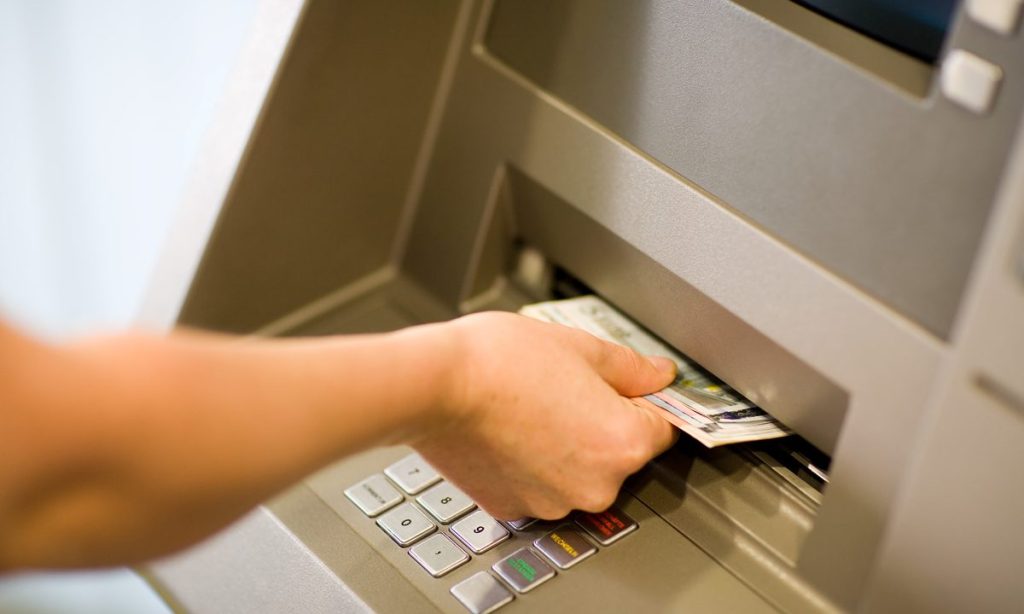
There’s a growing schism between banks and small business owners running independent ATMs in America’s vast swathe of gas stations, bars and bodegas, The Wall Street Journal reports.
ATM operators, the report says, are finding it more difficult to find a bank that will hold the funds to keep their machines stocked with cash.
Meanwhile, the banks that are willing are making their fees higher.
The report says it’s a matter of risk for the banks — since ATMs can be a convenient way for criminals to steal, they could be in the targets of regulators for violating money laundering rules.
That has led legitimate business owners and their customers being in the crosshairs, too.
The report notes that the independent ATMs are a “lifeline” for those in areas where traditional banks have closed branches. There was around $90 billion withdrawn from the approximately 225,000 nonbank ATMs in the U.S. in 2020, per the latest data.
ATM owners usually need at least two bank accounts to help run the business: one for holding the cash they use to stock the ATMs and another to collect fees an ATM user pays to withdraw cash from the machine.
Late last year, after a long lobbying push by ATM owners, regulators softened a guidance called “Operation Choke Point,” which was looking into companies more likely to be involved in illegal activity. Though that was relaxed in 2017, banks have relied on guidance saying ATM operators are a high fraud and money-laundering risk.
According to ATM owners, that hasn’t made their lives easier, with Bank OZK shutting down deposit accounts of numerous National ATM Council Inc board members.
Because of the pandemic, PYMNTS writes that customers are looking more into mobile banking, and the ATM is playing a significant role.
Almost 11% of banking customers use an ATM as their main banking channel, with 41% saying ATMs were part of the ways they accessed banking services.